At least 13 people were killed and nearly two million were left without power on November 27 as storms, heavy snow and flooding raged across southern Russia, Ukraine and Moldova.
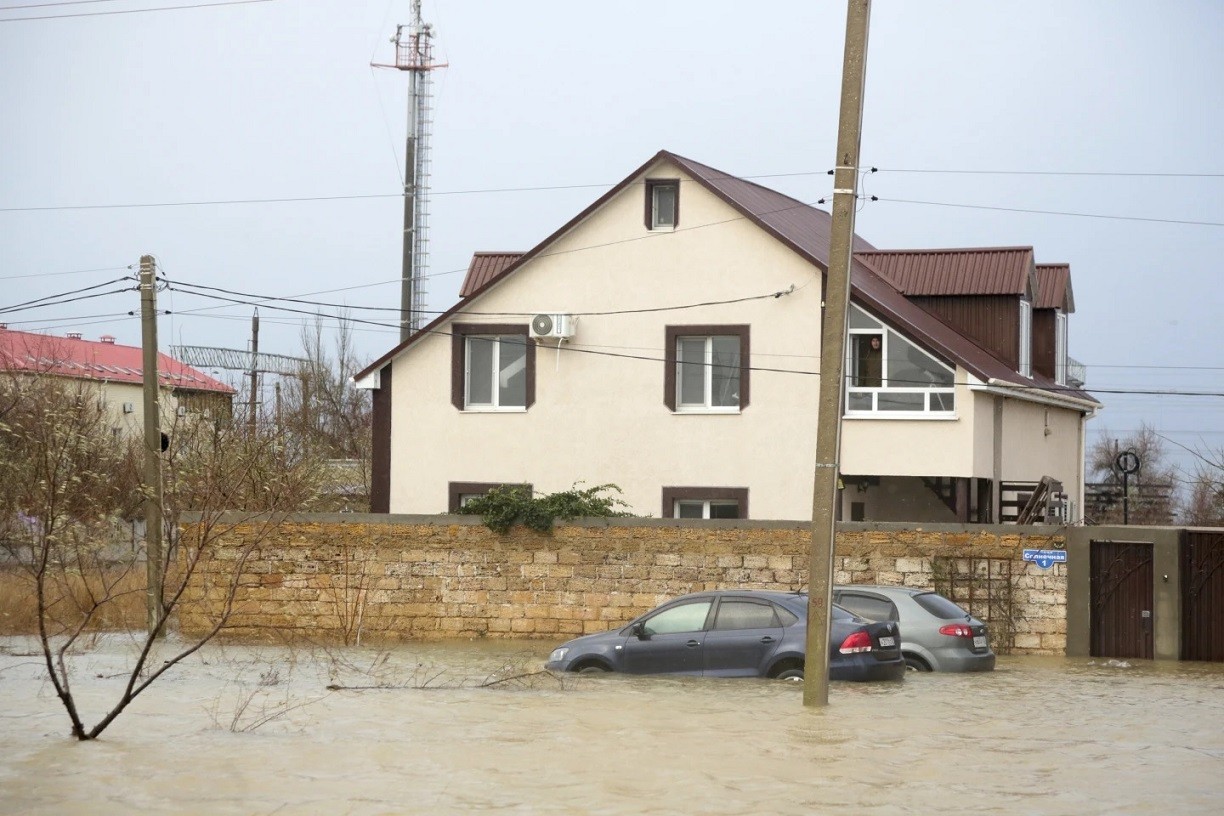 |
| Flooded scene on a highway in Crimea. (Source: AP) |
According to Russian media, since November 26, a severe storm has swept through the Republic of Dagestan, the Krasnodar Territory and the city of Rostov (all in southern Russia), as well as the territories of Donetsk, Lugansk, Kherson, Zaporizhzhia and Crimea.
Russian authorities confirmed that at least four people had died due to the snowstorm, while the Energy Ministry said that about 1.9 million people were without electricity.
Videos posted on social media showed giant waves crashing into areas along Russia's Black Sea coast and wind speeds reaching more than 140 km/h in some places.
The Caspian Pipeline Association is suspending oil pumping operations and taking safety measures for oil tankers due to adverse weather conditions with wind gusts of up to 86 km/h and waves up to 8m high.
Meanwhile, a section of the coastal highway in Crimea connecting the cities of Yevpatoria and Simferopol was flooded, and ferry services from Crimea's largest city, Sevastopol, were also suspended.
According to Kremlin spokesman Dmitri Peskov, Russian President Vladimir Putin has instructed the government to take measures to support areas affected by natural disasters.
In Ukraine, severe weather has killed at least five people and cut off power to nearly 1,500 towns and villages. In some areas, snowfall of up to 25cm has disrupted road traffic.
In particular, in the city of Odesa, authorities have rescued more than 1,600 people trapped by heavy snowfall. Odesa authorities said that the temperature in the city has dropped below 0 degrees Celsius and winds are up to 72 km/h. Temperatures are forecast to remain at 0 degrees Celsius across Ukraine on the morning of November 28 (local time).
Meanwhile, in Moldova, at least four people have died due to snowstorms.
Source


![[Photo] General Secretary To Lam attends the conference to review 10 years of implementing Directive No. 05 of the Politburo and evaluate the results of implementing Regulation No. 09 of the Central Public Security Party Committee.](https://vphoto.vietnam.vn/thumb/1200x675/vietnam/resource/IMAGE/2025/5/19/2f44458c655a4403acd7929dbbfa5039)
![[Photo] Close-up of Tang Long Bridge, Thu Duc City after repairing rutting](https://vphoto.vietnam.vn/thumb/1200x675/vietnam/resource/IMAGE/2025/5/19/086736d9d11f43198f5bd8d78df9bd41)
![[Photo] President Luong Cuong presents the 40-year Party membership badge to Chief of the Office of the President Le Khanh Hai](https://vphoto.vietnam.vn/thumb/1200x675/vietnam/resource/IMAGE/2025/5/19/a22bc55dd7bf4a2ab7e3958d32282c15)
![[Photo] Panorama of the Opening Ceremony of the 43rd Nhan Dan Newspaper National Table Tennis Championship](https://vphoto.vietnam.vn/thumb/1200x675/vietnam/resource/IMAGE/2025/5/19/5e22950340b941309280448198bcf1d9)


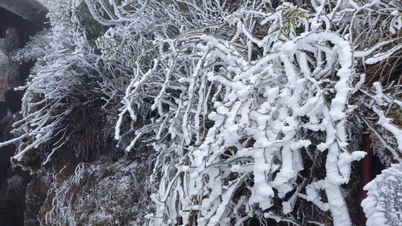



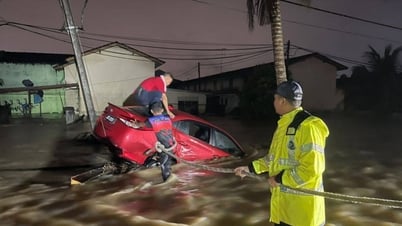

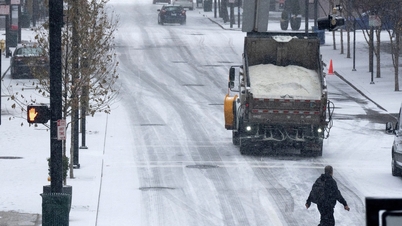

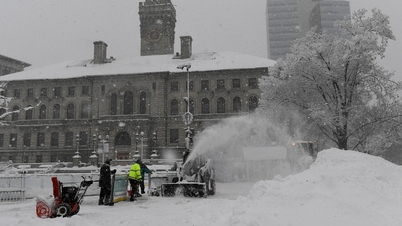


















![[Photo] Prime Minister Pham Minh Chinh inspects the progress of the National Exhibition and Fair Center project](https://vphoto.vietnam.vn/thumb/1200x675/vietnam/resource/IMAGE/2025/5/19/35189ac8807140d897ad2b7d2583fbae)




















































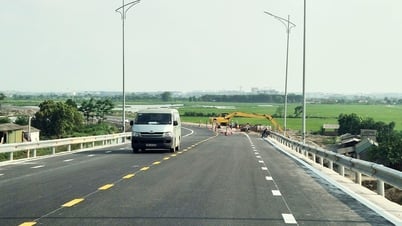








![[VIDEO] - Enhancing the value of Quang Nam OCOP products through trade connections](https://vphoto.vietnam.vn/thumb/402x226/vietnam/resource/IMAGE/2025/5/17/5be5b5fff1f14914986fad159097a677)





Comment (0)